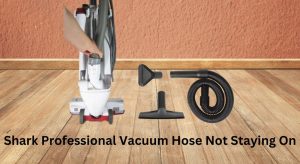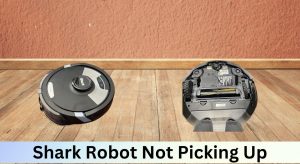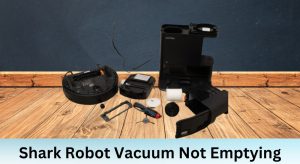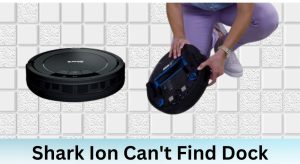Is your Shark Cordless Pet Stick Vacuum losing suction, leaving you with more fur and debris than a clean floor? Don’t worry, a loss of suction is a common issue that can often be resolved with a few simple troubleshooting steps. This guide will walk you through the most common causes of suction loss in your Shark cordless pet stick vacuum and provide practical solutions to get it back to its optimal cleaning performance.
A vacuum cleaner that isn’t sucking up dirt can be incredibly frustrating, especially when you rely on it to tackle pet hair and everyday messes. Luckily, most suction problems stem from blockages or maintenance oversights. By systematically checking each potential issue, you’ll likely pinpoint the culprit and restore your vacuum’s power in no time. This article provides proven methods to diagnose and fix suction problems in your Shark Cordless Pet Stick Vacuum, ensuring a cleaner and healthier home.
Table of Contents
Common Causes of Suction Loss
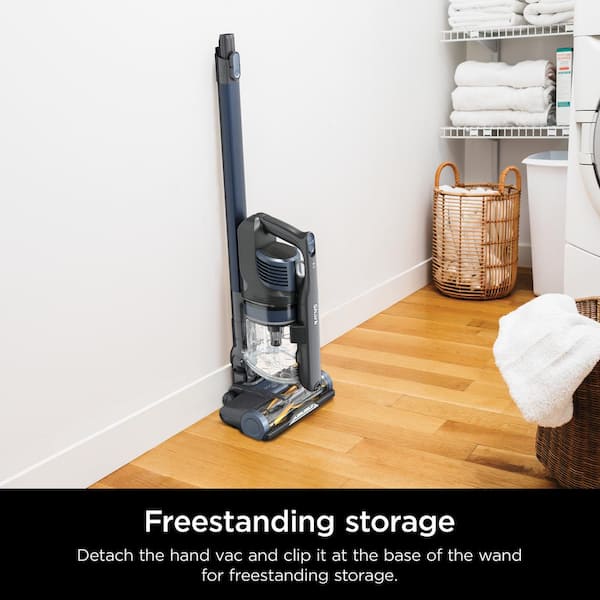
Several factors can contribute to a loss of suction in your Shark cordless pet stick vacuum. Here are some of the most common culprits:
- Clogged Filters: Dirty filters restrict airflow, reducing suction power.
- Full Dust Cup: An overfilled dust cup leaves no room for new debris.
- Blocked Hose or Wand: Obstructions in the hose or wand prevent airflow.
- Brushroll Issues: Tangled hair or debris around the brushroll can impede its function.
- Battery Problems: A low or failing battery can affect the vacuum’s performance.
Troubleshooting Steps to Restore Suction
Follow these steps to diagnose and resolve the suction issues with your Shark Cordless Pet Stick Vacuum:
1. Empty the Dust Cup
A full dust cup is one of the most common reasons for suction loss.
How to Fix:
- Detach the dust cup from the vacuum.
- Hold it over a trash can and press the release button to empty the contents.
- Ensure all debris is removed.
- Reattach the dust cup securely until you hear a click.
2. Clean the Filters
Dirty filters significantly reduce suction. Shark vacuums typically have multiple filters that need regular cleaning.
How to Clean:
- Locate the Filters: Refer to your vacuum’s manual to find the location of the pre-motor and post-motor filters. They are usually located near the dust cup and motor.
- Remove the Filters: Take out the filters.
- Clean the Pre-Motor Filter: Wash the foam and felt filters with lukewarm water. Gently squeeze out excess water and allow them to air dry for at least 24 hours before reinstalling.
- Clean the Post-Motor Filter: This filter is usually not washable. Gently tap it over a trash can to remove any loose dust and debris.
- Reinstall the Filters: Make sure the filters are completely dry before placing them back into the vacuum.
3. Check for Blockages in the Hose and Wand
Obstructions in the hose and wand can severely impact suction.
How to Check:
- Detach the Hose and Wand: Disconnect the hose and wand from the vacuum body and floor nozzle.
- Inspect Visually: Look through each component for any visible blockages.
- Use a Broom Handle or Similar Tool: Gently push a broom handle or similar tool through the hose and wand to dislodge any obstructions.
- Reconnect and Test: Reattach the hose and wand, then test the suction.
4. Inspect and Clean the Brushroll
Tangled hair and debris around the brushroll can prevent it from spinning properly, reducing suction.
How to Clean:
- Turn Off and Unplug: Ensure the vacuum is turned off and unplugged.
- Access the Brushroll: Depending on your model, you may need a screwdriver to open the brushroll compartment.
- Remove Debris: Cut away any tangled hair, string, or debris using scissors.
- Clean the Brushroll: Wipe the brushroll clean with a cloth.
- Reassemble: Reattach the brushroll and secure the compartment.
5. Check the Battery
A weak or failing battery can cause reduced suction power.
How to Check:
- Charge the Battery: Ensure the battery is fully charged.
- Test Battery Health: If the issue persists after charging, the battery may be failing. Consider replacing the battery if it’s old or not holding a charge.
- Contact Support: If you suspect a battery issue and the vacuum is still under warranty, contact Shark customer support.
6. Inspect the Nozzle
The floor nozzle can sometimes become clogged with large debris.
How to Clean:
- Detach the Nozzle: Remove the floor nozzle from the wand.
- Inspect for Blockages: Look for any obstructions in the nozzle opening.
- Remove Debris: Clear any blockages with your hand or a tool.
- Reattach and Test: Reconnect the nozzle and test the suction.
Practical Elements
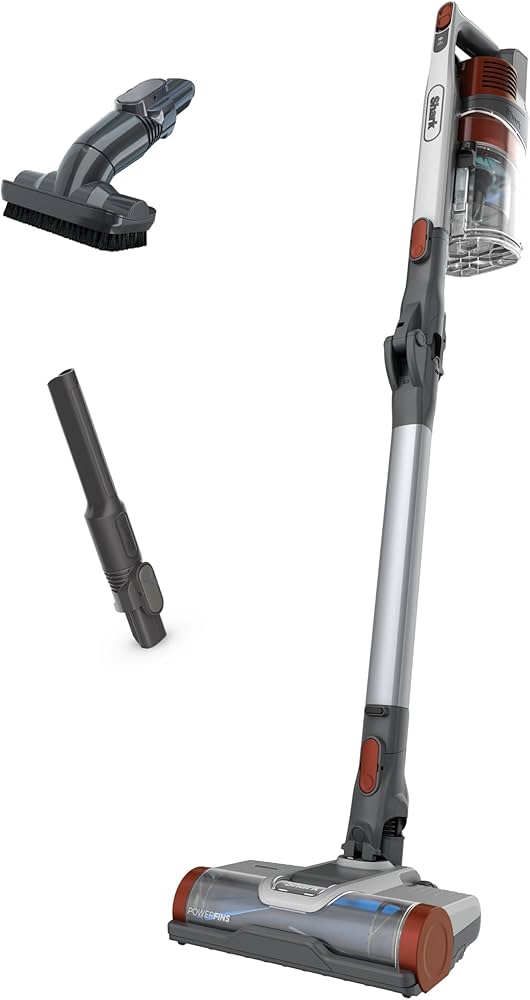
Tools/Materials:
- Screwdriver (if required for brushroll access)
- Scissors
- Broom handle or similar tool
- Clean cloth
- Lukewarm water
Preparation Steps:
- Turn off and unplug the vacuum.
- Gather necessary tools and materials.
- Clear a workspace for disassembling and cleaning.
Troubleshooting Guide:
| Problem | Possible Cause | Solution |
|---|---|---|
| Reduced suction after recent use | Full dust cup | Empty the dust cup |
| Suction weak even after emptying dust cup | Clogged filters | Clean or replace the filters |
| No suction at all | Blocked hose or wand | Clear any obstructions in the hose or wand |
| Brushroll not spinning | Tangled hair/debris around brushroll | Remove hair and debris from brushroll |
| Vacuum shuts off quickly | Low battery | Charge the battery fully or replace if necessary |
Pro Tips:
- Regular Maintenance: Clean the filters and dust cup after each use to maintain optimal suction.
- Avoid Overfilling: Don’t let the dust cup get too full, as it can strain the motor and reduce suction.
- Check Regularly: Periodically inspect the hose, wand, and brushroll for blockages.
Alternatives/Variations:
- Deep Cleaning Filters: For heavily soiled filters, consider soaking them in a mild detergent solution before rinsing and drying.
- Using Compressed Air: Use compressed air to blow out dust and debris from hard-to-reach areas.
FAQ Section:
What is the best way to clean the filters on my Shark cordless vacuum?
The best way to clean your Shark cordless vacuum filters is to remove them and wash the foam and felt pre-motor filters with lukewarm water. Gently squeeze out excess water and allow them to air dry completely for at least 24 hours before reinstalling. For the post-motor filter, gently tap it over a trash can to remove any loose dust and debris.
How often should I replace the filters on my Shark vacuum to maintain good suction?
You should replace the filters on your Shark vacuum every 3 to 6 months, depending on usage. If you have pets or use the vacuum frequently, you may need to replace them more often. Regular cleaning can extend their lifespan, but replacement is necessary to maintain optimal suction.
Why does my Shark vacuum lose suction after only a few minutes of use?
If your Shark vacuum loses suction after only a few minutes, it’s likely due to a blockage or a full dust cup. Check and empty the dust cup first. If the problem persists, inspect the filters, hose, wand, and brushroll for any obstructions and clean them thoroughly. A failing battery can also cause this issue.
Can a damaged hose cause suction loss in my Shark cordless pet stick vacuum?
Yes, a damaged hose can definitely cause suction loss in your Shark cordless pet stick vacuum. Cracks, holes, or punctures in the hose allow air to escape, reducing the vacuum’s ability to create suction. Inspect the hose carefully for any damage and replace it if necessary.
What should I do if my Shark vacuum still has no suction after trying these steps?
If your Shark vacuum still has no suction after trying these steps, there may be a more serious issue with the motor or other internal components. Contact Shark customer support for further assistance or consider taking it to a qualified repair technician.
Tips, Warnings, and Best Practices:
- Safety First: Always turn off and unplug the vacuum before performing any maintenance or repairs.
- Read the Manual: Refer to your vacuum’s manual for specific instructions and safety guidelines.
- Avoid Water Damage: Ensure all filters are completely dry before reinstalling to prevent motor damage.
- Professional Help: If you’re not comfortable performing these steps, seek assistance from a qualified repair technician.
- Regular Cleaning: Regular maintenance is key to preventing suction loss and prolonging the life of your vacuum.
Conclusion:
A Shark Cordless Pet Stick Vacuum with reduced suction can be a real inconvenience, but with a systematic approach, you can often identify and resolve the issue yourself. By regularly emptying the dust cup, cleaning the filters, checking for blockages, and maintaining the brushroll, you can keep your vacuum running at peak performance. Remember to follow safety guidelines and consult your vacuum’s manual for specific instructions.
By following these troubleshooting steps, you can restore your Shark cordless pet stick vacuum’s suction and enjoy a cleaner, healthier home. If problems persist, don’t hesitate to contact Shark customer support for further assistance. Keep your vacuum in top shape and breathe easy!


